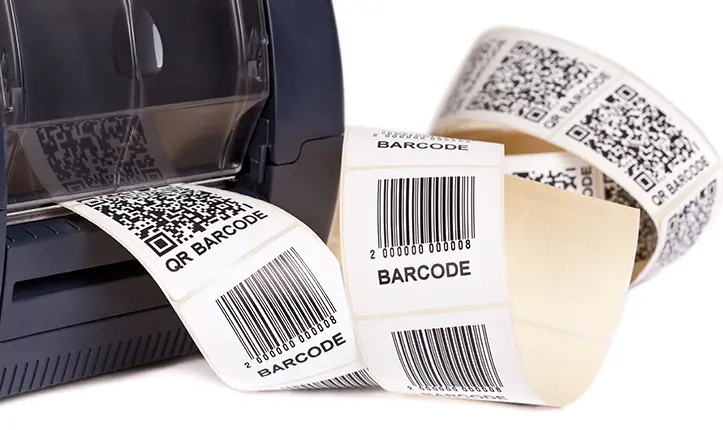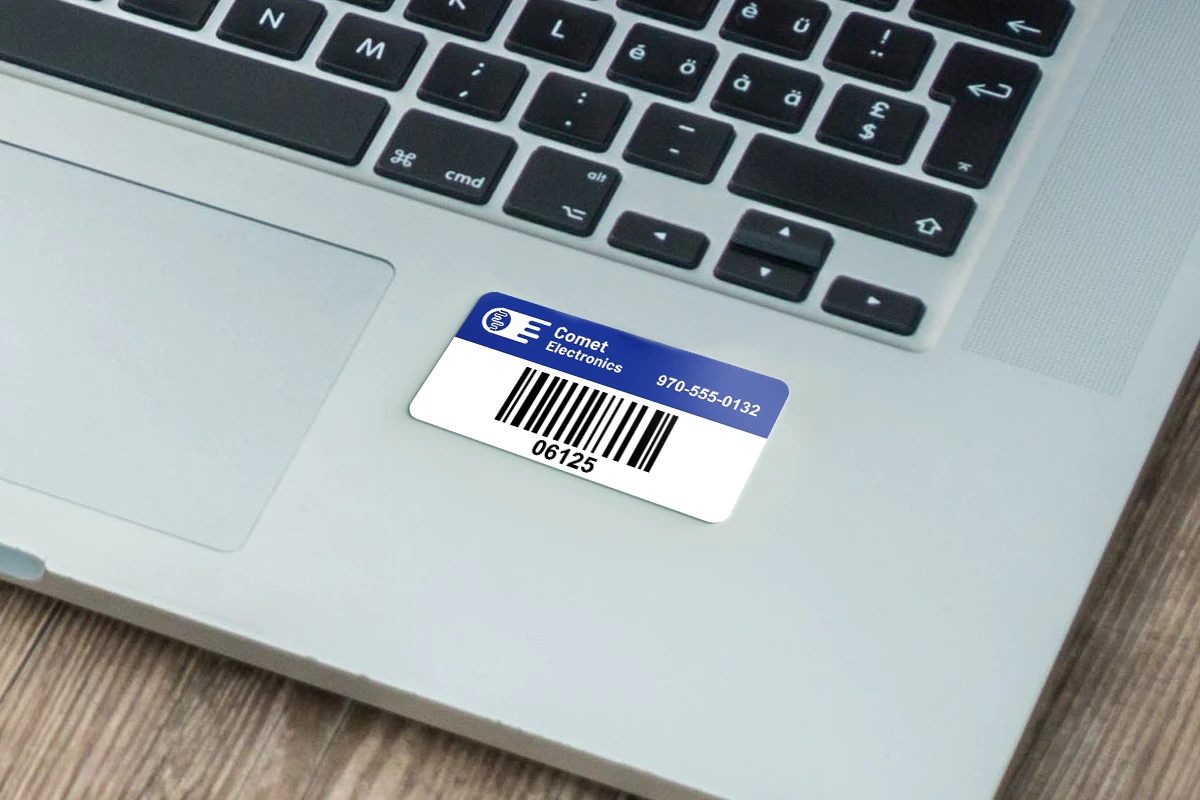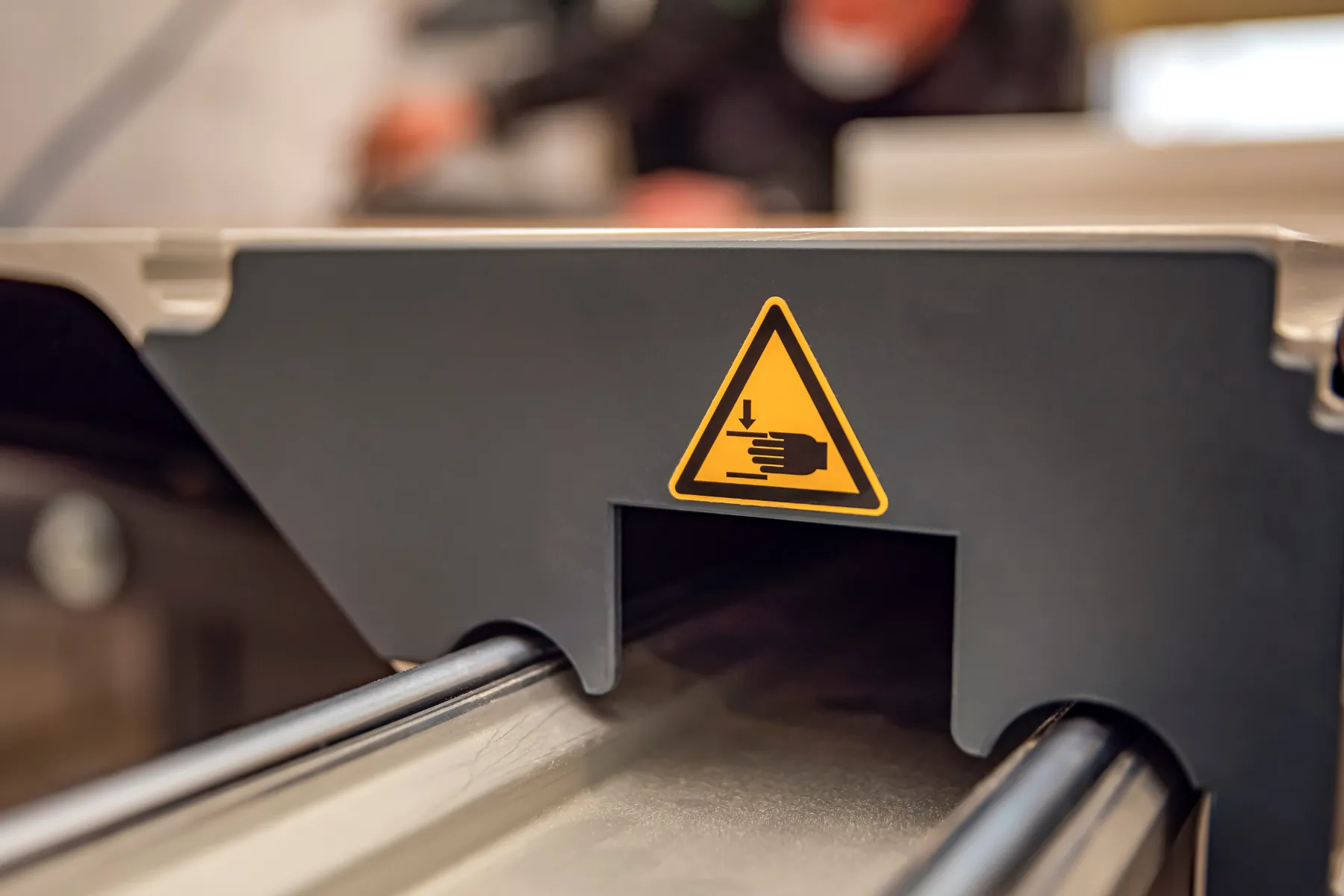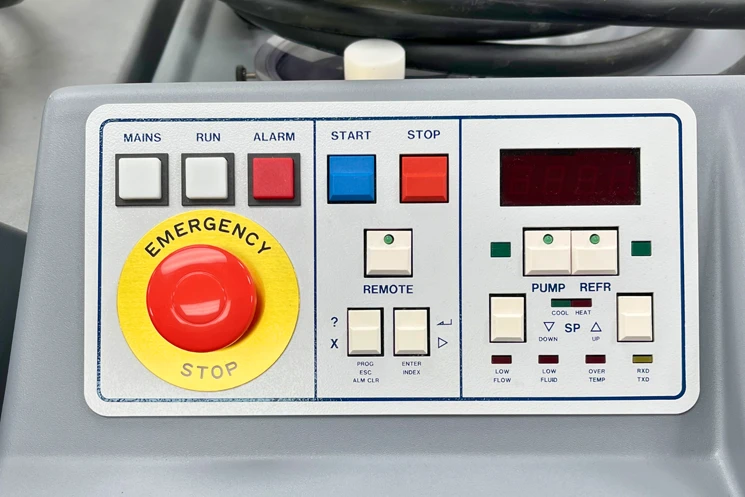Barcode labels might seem like simple black-and-white lines, but they are powerful tools that help streamline operations in many industries. From keeping track of inventory to speeding up the checkout process at retail stores, barcode labels have a wide range of applications that make business operations smoother and more accurate.
Let’s take a look at some of the top uses for barcode labels and how they make everyday tasks easier and more efficient.
Inventory Management
Barcode labels are a game-changer when it comes to managing inventory. They help businesses keep track of their stock with ease and precision.
Efficient Stock Tracking
One of the primary uses of barcode labels in inventory management is stock tracking. By placing barcode labels on products and scanning them with a barcode reader, businesses can quickly update their inventory database with the exact quantity of each item.
This method significantly reduces the time it takes to conduct inventory checks, allowing companies to maintain accurate records without having to manually count each item. This not only saves time but also minimizes the risk of stockouts or overstocking.
Reducing Human Errors
Humans are prone to mistakes, especially when dealing with large volumes of data. Barcode labels help reduce these errors by automating the data entry process. Instead of manually entering product information into a system, employees can scan the barcode, which instantly records the data accurately.
This reduces the chances of errors in inventory counts and pricing, leading to more reliable inventory management and better decision-making.
Retail and Point of Sale
In the retail sector, barcode labels are essential tools that improve customer service and streamline store operations.
Quick Checkout Process
One of the most noticeable uses of barcode labels in retail is at the checkout counter. Scanning barcodes allows cashiers to quickly and accurately ring up items, reducing wait times for customers.
This speeds up the checkout process, improves the customer experience, and allows retailers to handle more transactions in less time. A faster checkout process can lead to higher customer satisfaction and potentially increased sales.
Pricing and Product Information
Barcode labels also play a crucial role in managing pricing and product information in retail settings. Each barcode is linked to a database that contains details about the product, including its price, description, and stock level.
When a product’s price changes or a sale is happening, the information can be updated in the system without needing to replace the barcode label. This ensures that customers are always charged the correct price and that employees have up-to-date information.
Asset Tracking
Beyond inventory and retail, barcode labels are valuable tools for tracking company assets.
Monitoring Company Assets
Companies often use barcode labels to track valuable assets like computers, office furniture, and equipment. By assigning a unique barcode to each item, businesses can easily monitor their assets, track their location, and record usage history.
This is particularly useful in large organizations where assets are frequently moved or shared between departments. Accurate asset tracking helps prevent loss or theft and ensures that equipment is maintained properly.
Maintenance Scheduling
In addition to tracking assets, barcode labels can be used to manage maintenance schedules. When an asset is scanned, the barcode can pull up its maintenance history and any upcoming service dates.
This helps ensure that equipment is serviced on time, reducing the risk of breakdowns and extending the life of the asset. Proper maintenance scheduling also helps companies comply with safety regulations and avoid costly repairs.
Shipping and Logistics
In the shipping and logistics industry, barcode labels are indispensable for managing the flow of goods.
Package Tracking
Barcode labels are used extensively for tracking packages throughout the shipping process. When a package is shipped, a barcode label is attached that contains all the relevant information, such as the sender’s and receiver’s addresses, the package contents, and its shipping status.
As the package moves from one location to another, it is scanned at various checkpoints, allowing both the shipping company and the customer to track its progress in real-time. This not only improves transparency but also enhances customer satisfaction by providing them with accurate delivery estimates.
Streamlining Supply Chains
In logistics, barcode labels help streamline the supply chain by making it easier to track goods from the manufacturer to the final destination. Barcode scanning speeds up the receiving process by quickly checking items against packing lists and inventory records.
This reduces the chances of errors, improves inventory accuracy, and helps companies maintain optimal stock levels. With real-time tracking and inventory management, businesses can respond more effectively to changes in demand and reduce lead times.
Healthcare
Barcode labels have become vital in healthcare settings, where accuracy and efficiency are crucial.
Patient Identification
In hospitals and clinics, barcode labels are commonly used for patient identification. Patients receive wristbands with barcodes that store essential information, such as their medical history, allergies, and treatment plans.
Scanning these barcodes ensures that healthcare providers have access to accurate information, reducing the risk of medical errors and improving patient safety. This system also helps streamline the admission process, making it easier for staff to manage patient records.
Before You Go…
If you’re looking to implement barcode labels for your business, Maverick Label has you covered. Whether you need labels for inventory management, asset tracking, or patient identification, our custom barcode labels can be tailored to fit your specific needs.
FAQs
What materials are best for barcode labels?
The best materials for barcode labels depend on the application. For general use, paper labels are often sufficient. However, for environments that require durability, such as warehouses or outdoor settings, materials like polyester or vinyl are better choices as they are resistant to water, chemicals, and abrasion.
How do I choose the right barcode type for my needs?
Choosing the right barcode type depends on your specific requirements. For simple applications like retail, a standard linear barcode (such as UPC) is typically sufficient. For more complex needs, such as asset tracking or healthcare, a 2D barcode (like QR codes or DataMatrix) may be more suitable as they can store more information in a smaller space. Check out our Comprehensive Guide to Barcode Labels for more information.
Can barcode labels be customized for different applications?
Yes, barcode labels can be customized to suit various applications. You can choose different materials, sizes, and adhesive types based on your specific needs. Additionally, barcode labels can be printed with unique barcodes and company logos to ensure they meet your operational and branding requirements.



